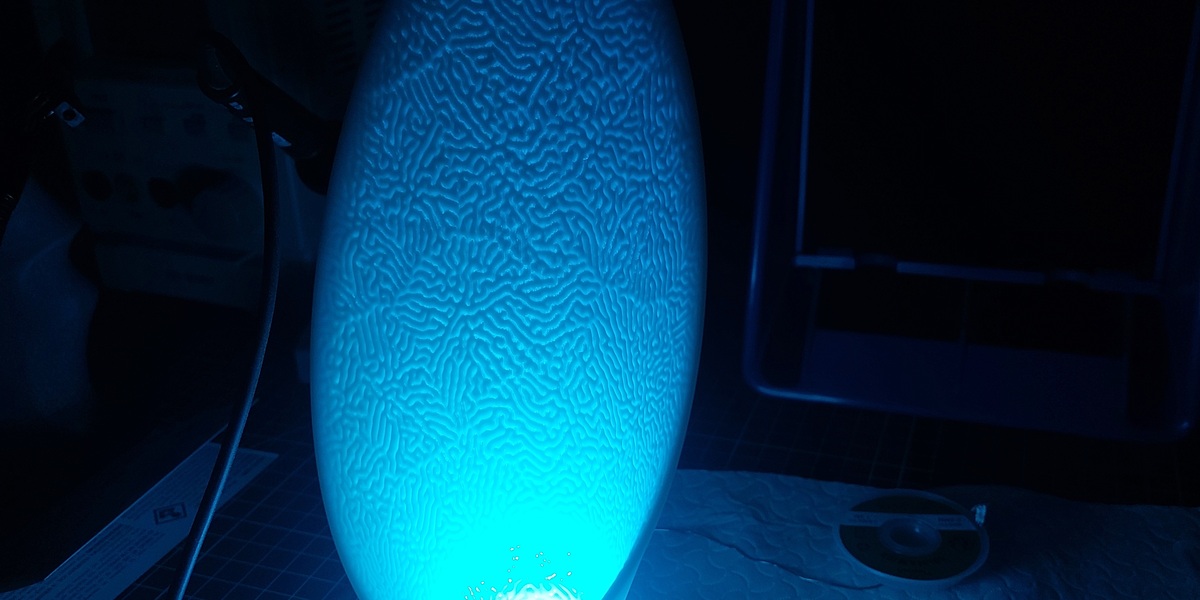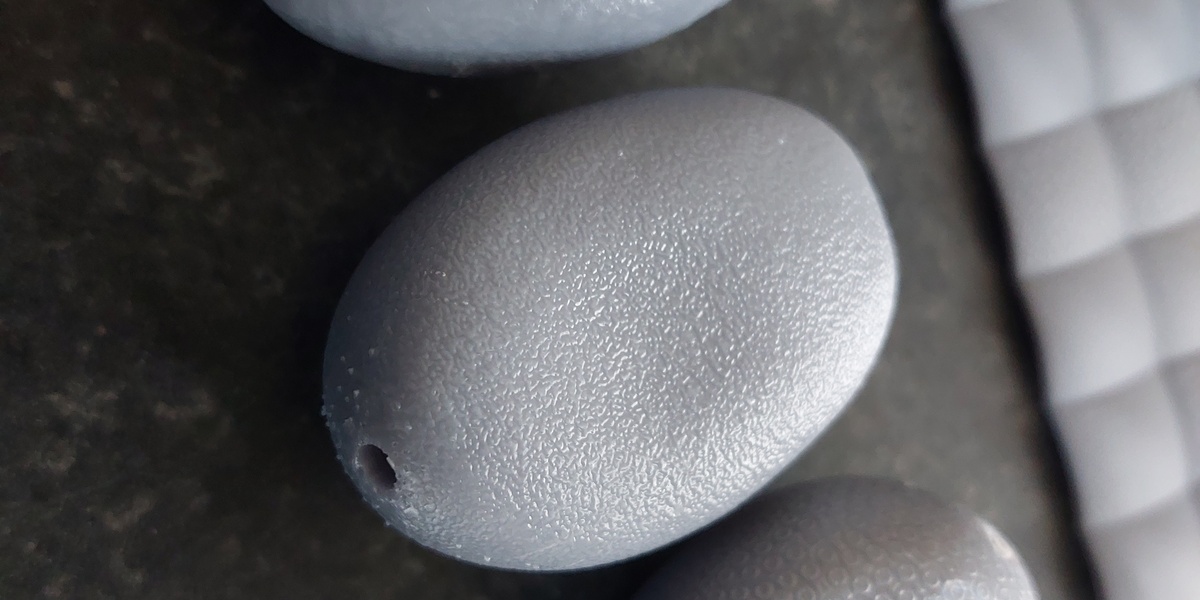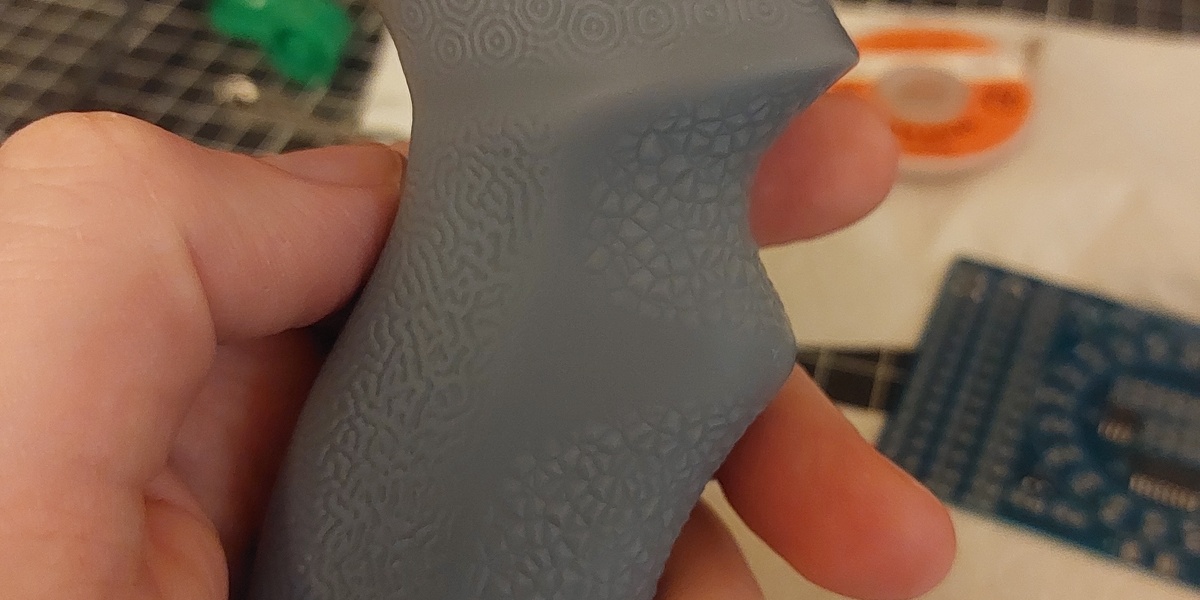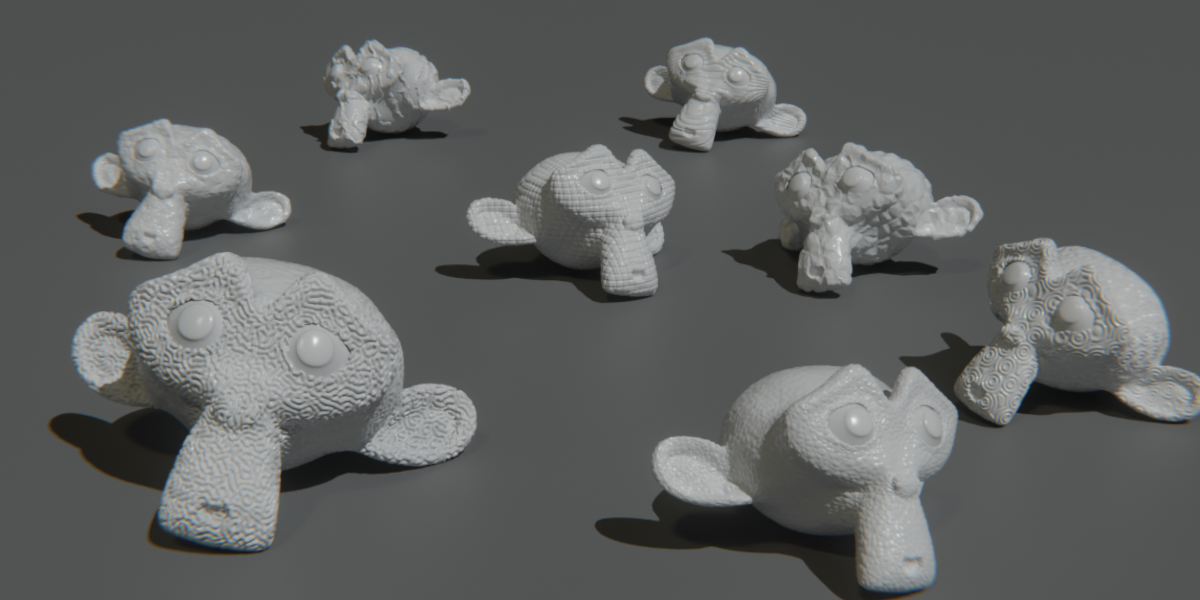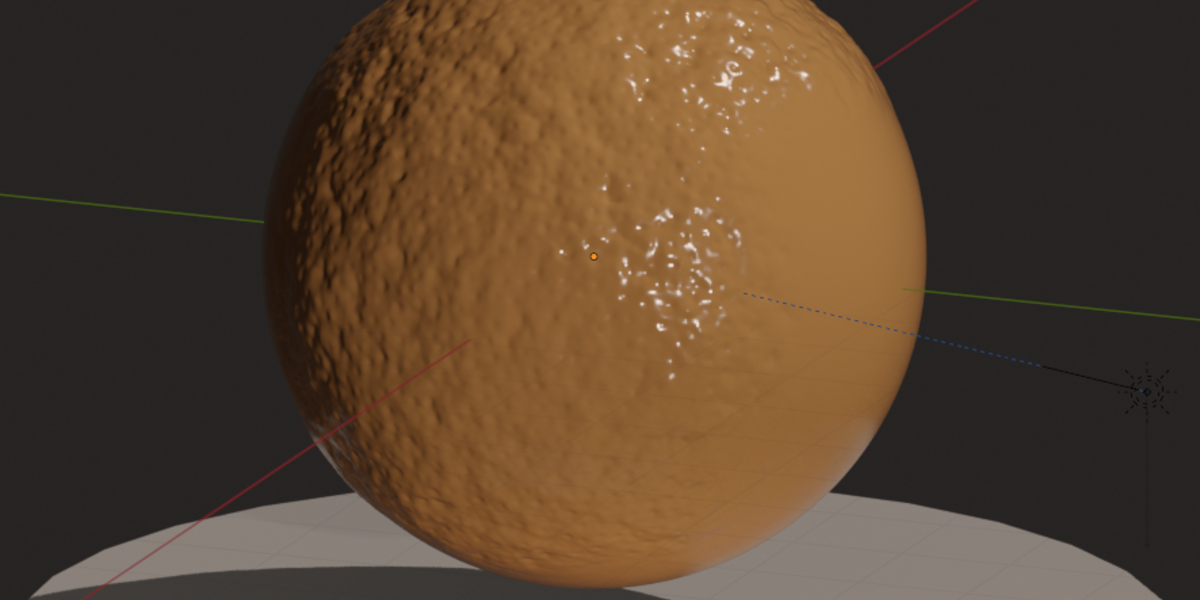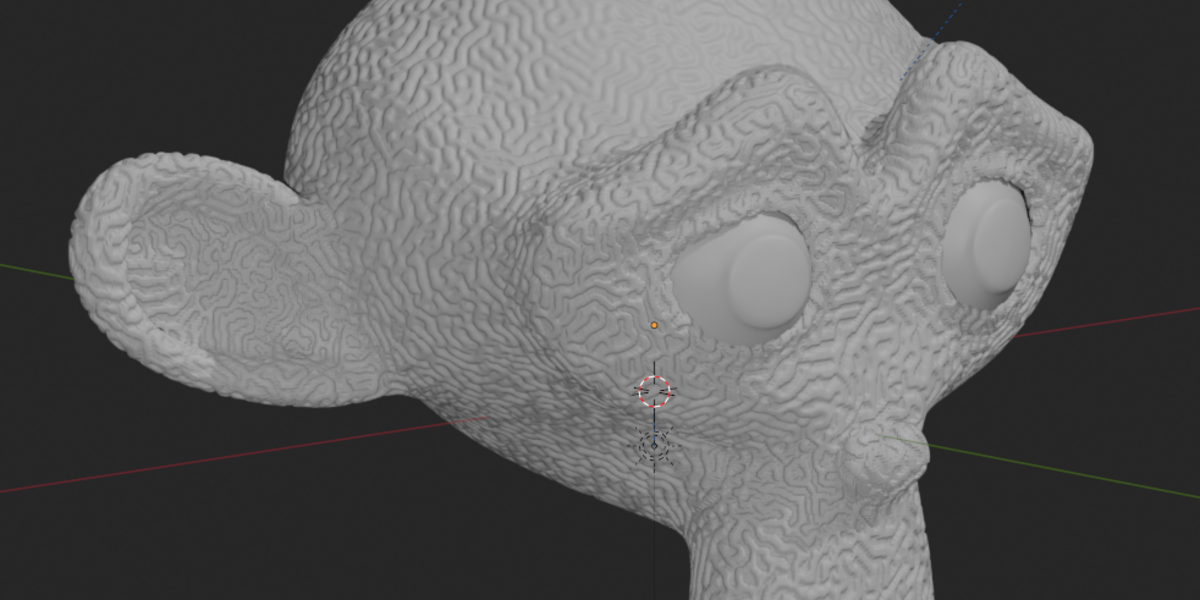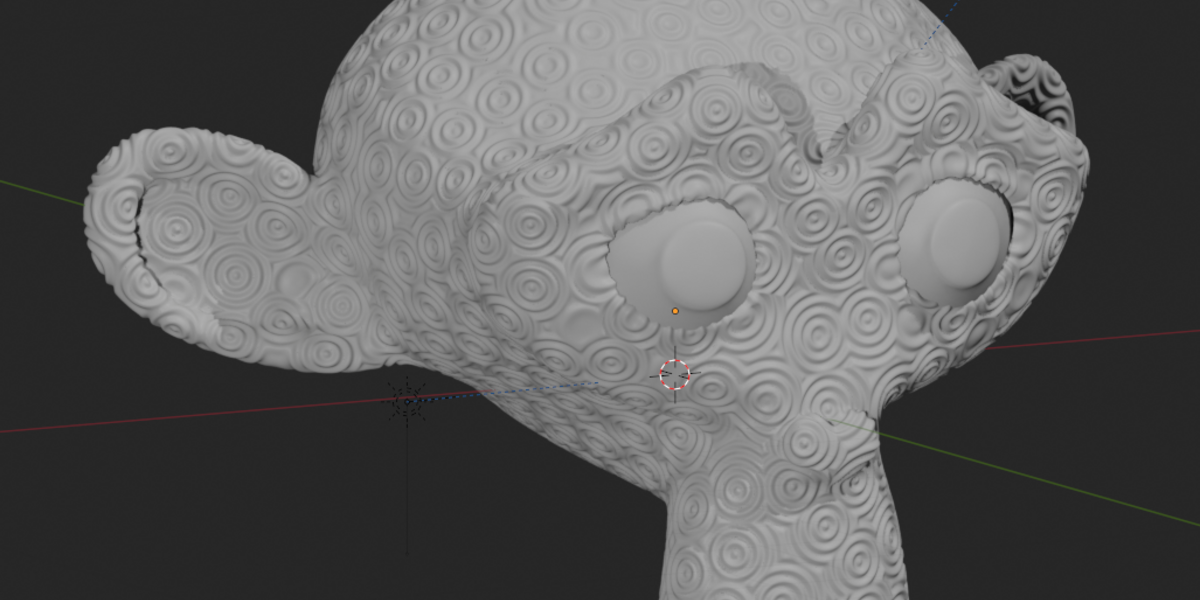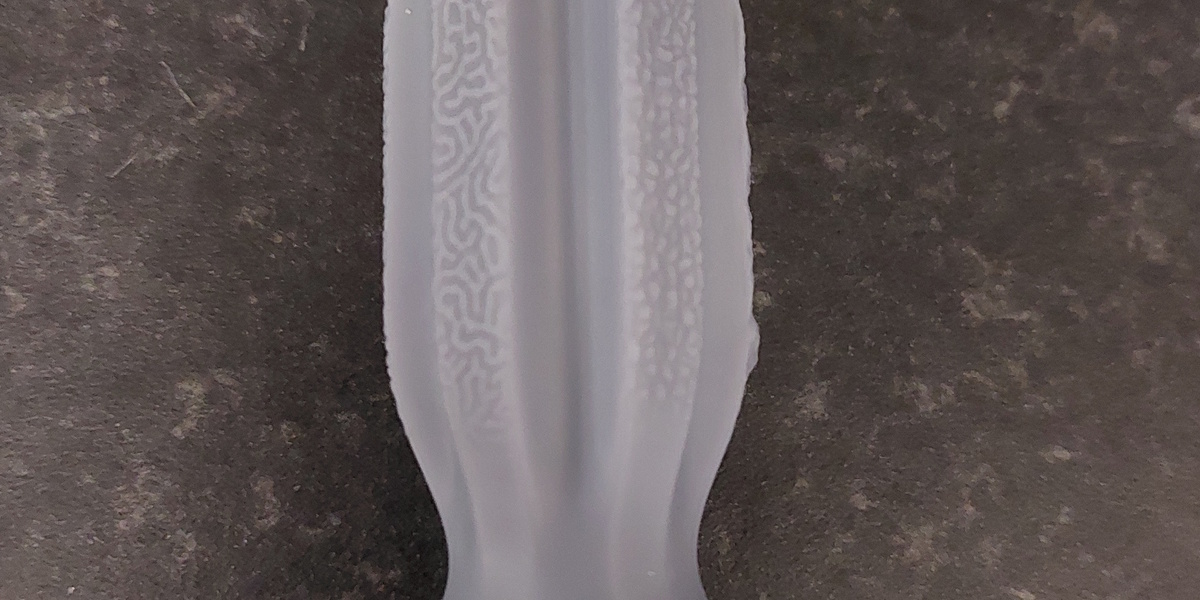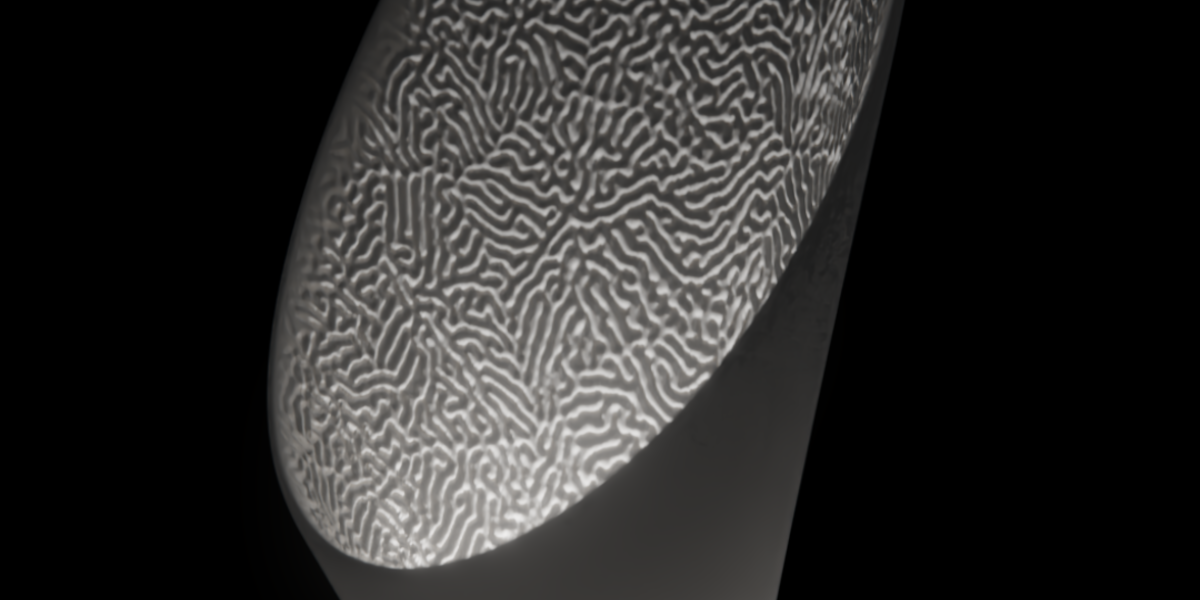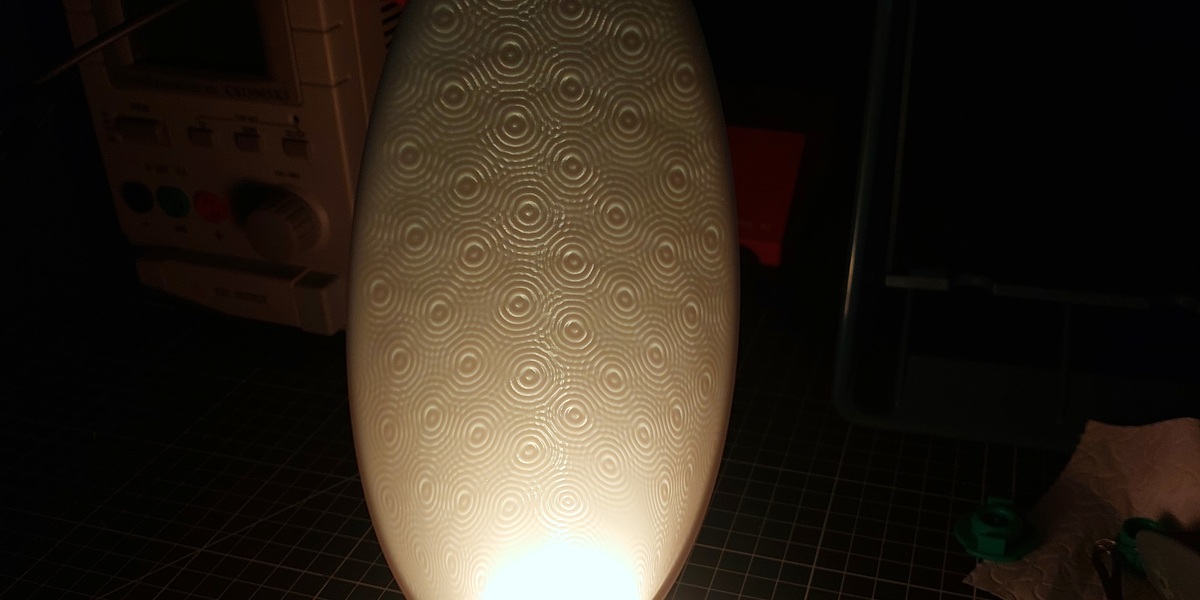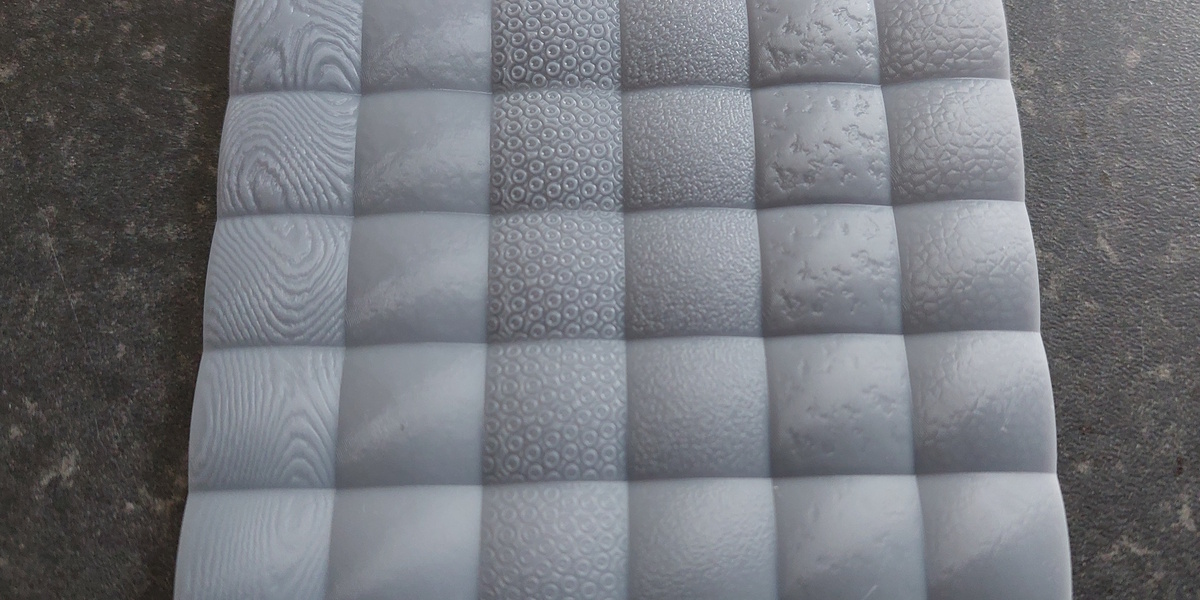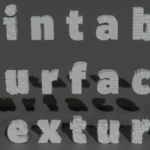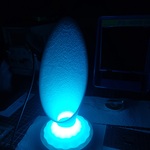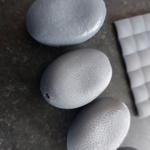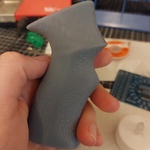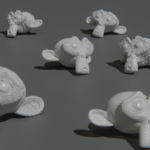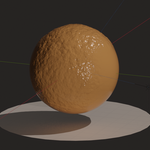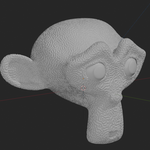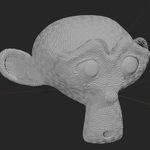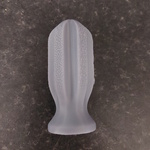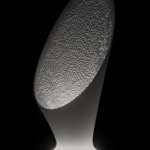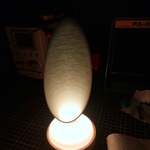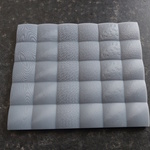3D Printable Surface Texture
Note that the tool is designed so that 1 blender unit = 1mm of the printed object.
A description of the various settings:
Group Name: The vertex group that the texture can be applied to. Each geometry node modifier can affect one vertex group, but you can have multiple modifiers with each affecting it's own vertex group. So there can me multiple textures on an object and even overlapping.
Texture: A menu of the available textures.
Height: The bottom to top depth of the texture. For high resolution printing you may only need it set to 0.2 (0.2mm) for it to be clearly visible.
Height offset: This is how much the texture is set into or out the surface. 0 = texture is inset with the highest point of the texture equal to the original surface. 0.5 = the texture equally into and out of the original surface. 1 = the lowest point of the texture starts at the original surface.
Texture offset: For many textures (but not all) this shifts the texture in 3d space, along the X,Y and Z dimensions. This is useful for changing the exact pattern on the surface even if the settings are otherwise fine.
Group smooth amount: This allows some additional smoothing between vertex group weights. Useful for softening the edges where vertex groups start/stop.
Scale: For many textures (but not all), this affects the size of the textures. Works well with most of the simpler textures. Does not work with reaction diffusion which has it's own size setting based on 'Voxel Amount'.
Discover more products like this
surface-finish procedural textures 3d printing Surface Textures 3dprinting fuzzy-skin

